
Since the launch of sites like Kickstarter and Indiegogo, platforms that let people crowdfund cash have exploded in popularity. Some companies have even begun offering peer-to-peer lending options for refinancing student loans or investing in real estate.
Professors and students across the College of Business have been studying the changing economic landscape to better position themselves as entrepreneurs and educators.
We talked with four Colorado State University graduates and two business educators to share their best approaches for creating successful crowdfunding campaigns and to see where the industry is headed next.
monkii bars 2
College of Business Global Social & Sustainable Enterprise MBA graduate, David Hunt, led the company he co-founded to a successful Kickstarter campaign that raised over $1 million to create monkii bars 2, a portable suspension training kit.
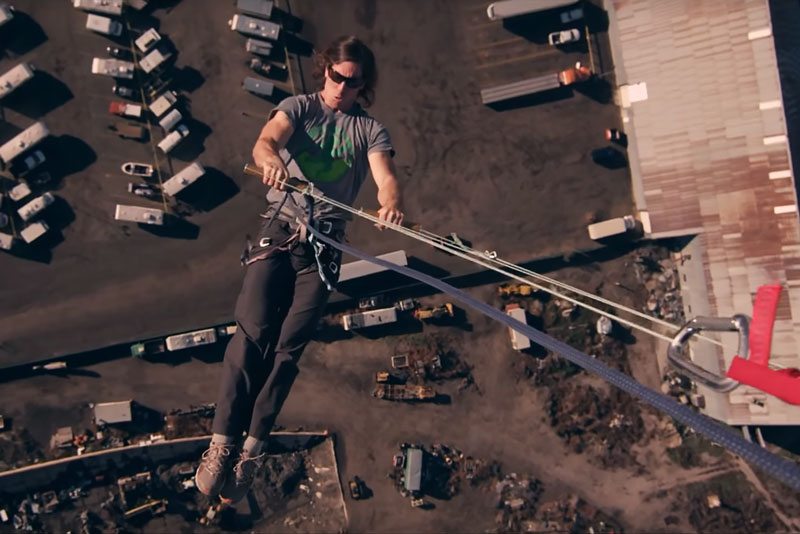

Co-founder and CEO, The Wild Gym Company/monkii bars
David Hunt’s first Kickstarter crowdfunding campaign only had nine followers and didn’t even hit a quarter of its goal. But less than five years later, the College of Business Global Social and Sustainable Enterprise MBA graduate’s newest project, monkii bars 2, broke the $1,000,000 mark in 42 days, launching the exercise company he co-founded into high gear.
After Hunt’s company eclipsed $50,000 in an hour, he had a simple reflection on the experience.
“It’s a great time to be an entrepreneur.”
As a student in an entreprenureal graduate program, he was surrounded by faculty and classmates who supported his business-oriented mindset.
“So on a day to day basis I’m looking around the world, kind of noticing problems,” said Hunt, “And thinking, ‘Okay, how could I solve that with a business or a product.’”
What Hunt and his co-founder, Dan Vinson, settled on was addressing the poor-quality outdoor gym equipment. Through developing a solution they came to monkii bars, a portable suspension training kit that can be used over tree limbs, doors, and even off the side of a hot air balloon.
Meraki Printing
Chelsea Williams co-founded Meraki Printing after graduating from the College of Business and raised over four-times her original Kickstarter funding goal, collecting over $140,000 to bring the company’s 2017 Make Sh*t Happen Planner to life.

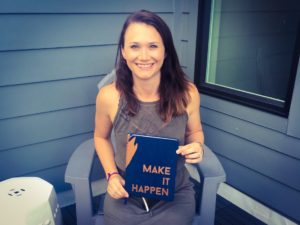
Co-Creator and Founder at Meraki Printing
In the midst of a Kickstarter campaign for her company’s 2017 Make Sh*t Happen Planner that more than quadrupled its $25,000 funding goal, Chelsea Williams shared some crowdfunding tips and reflected on how the College of Business helped her get an edge in the field.
What’s the most important part of a successful Kickstarter?
“Create a powerful video to showcase your product and tell viewers about yourself. Spend the extra money up front to hire someone to help you make your video as professional as possible.
“Your personal story is an integral part of your product’s story. I’ve found that crowdfunders want to believe not only in the product, but support the mission of the creators as well.
“What is your personal ‘why’ for creating your product? Share that! Be authentic. People love knowing they have helped bring someone’s dream to life.”
Living Ink
After going through the College of Business’s Venture Accelerator program, CSU microbiology alums Steve Albers and Scott Fulbright launched their company Living Ink through a $60,000 Kickstarter campaign.
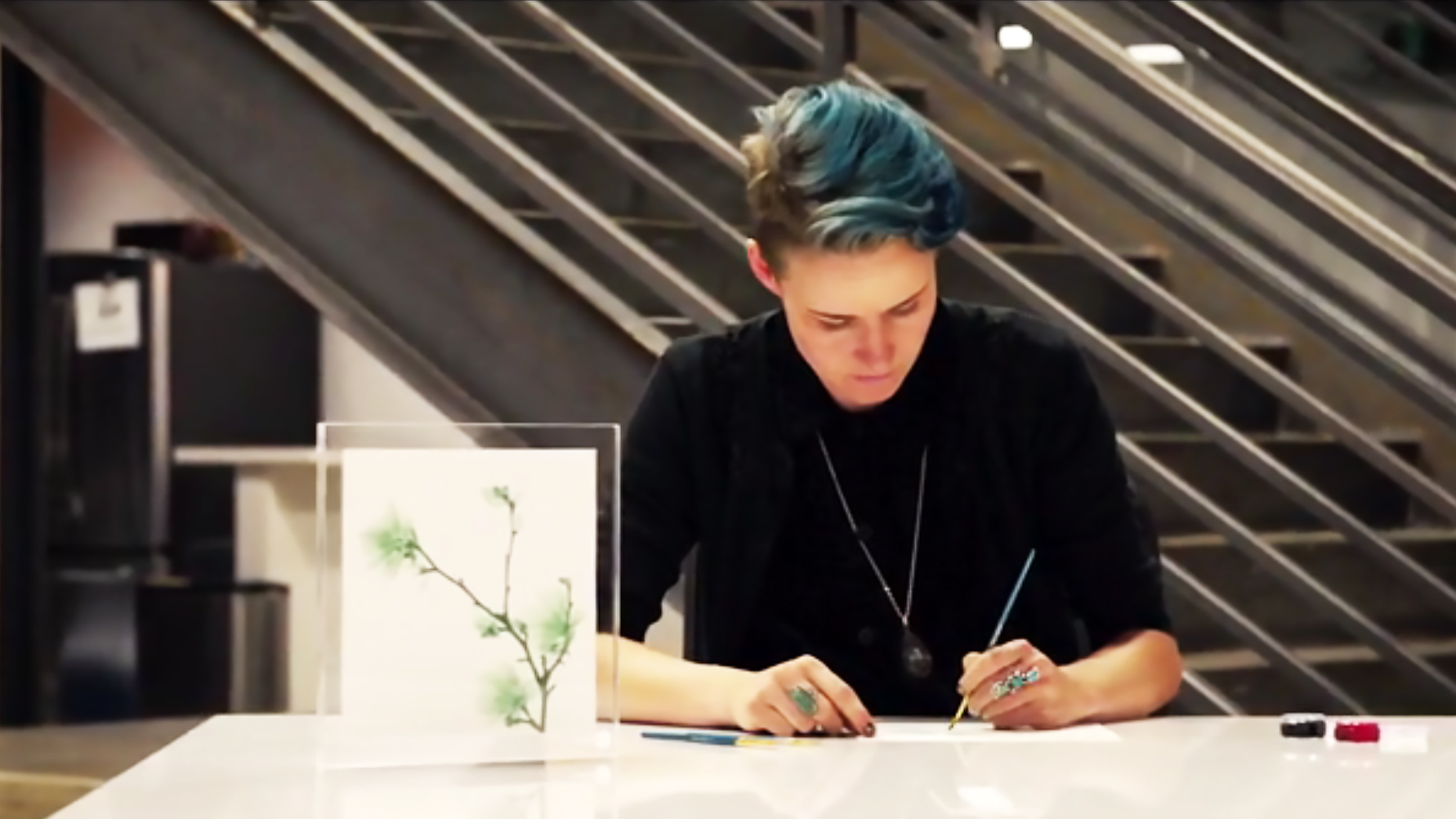
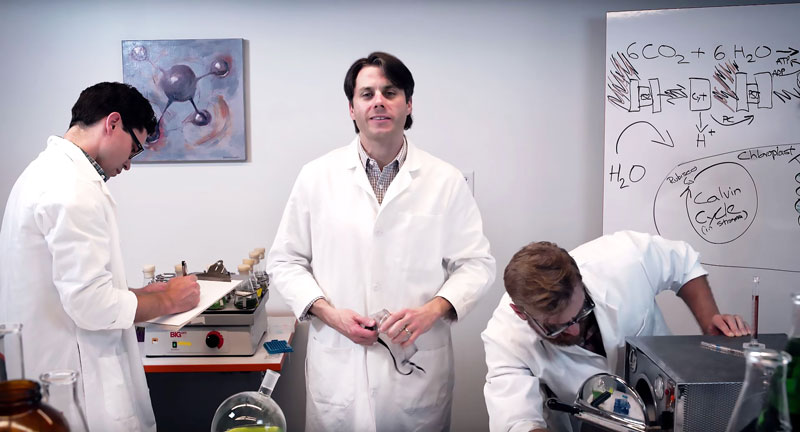
Co-founder of Living Ink
As a CSU molecular geneticist working to engineer cyanobacteria, Steve Albers knows how to make algae grow. But when he and a fellow classmate got together to launch a company and sell the world’s first biodegradable time-lapse ink, they weren’t exactly sure how to make the business bloom.
Enter the Venture Accelerator program in the College of Business’s Institute for Entrepreneurship, which provides advising and mentoring to CSU students working to bring their ideas to life.
“I made it explicit that one of our goals was we wanted to start a company,” said Albers. “We were going to learn by doing.”
But succeed or fail, he wanted to come away with the knowledge of how to create a startup and develop a company.
“Through this process we’ve learned to know what we don’t know, and to try and make connections to fill in those gaps,” said Albers. “The Venture Accelerator program was really valuable to help us open our eyes.”
With round-table sessions that gave the co-founders access to consultants, leaders in finance, product development, and crowdfunding, Albers and Fulbright were able to develop a strategy to jump start their company, Living Ink.

Getting results
“The impact was huge on our company,”Albers said.
The Kickstarter campaign they created ended up raising over $60,000, surging past their original goal of $15,000.
“People, I think, often make the incorrect assumption that you make a lot of money from a Kickstarter campaign that’s going to support your company for a long time,” Albers said.

Benefits besides money
Although it tends to be highlighted most frequently, cash isn’t the only thing that can help grow a business. After successfully funding his company’s Kickstarter campaign, Albers gained insights into a few of the lesser known – but equally valuable – ways entrepreneurs can take advantage of crowdfunding.
1. Gain media exposure
Through their campaign, Albers and Fulbright were able to get coverage from Popular Science, Gizmodo, The Coloradoan, The Denver Channel and other publications.
Boosting their visibility helped draw more customers to their company and created a stronger awareness of their product.
2. Identify unique audiences
One of the things that Albers noticed about people coming to their campaign was how distinct the audiences were.
“We started recognizing there were two very different populations here,” Albers said.
They noticed a number of artists who weren’t regular Kickstarter customers arriving at the company’s page to offer praise without necessarily contributing to the campaign. On the other hand more experienced users who knew how the process operated were coming in and supporting the efforts.
“I think that’s one of the inherent difficulties of trying to run a Kickstarter,” said Albers, comparing the process to pitching to venture capitalists and angel investors, where questions and concerns can be easier to predict.
Change Composites
When Nate Saam didn’t meet his company’s Kickstarter goal of $50,000 he didn’t give up, he changed direction to integrate his life-saving helmet technology into other products to help prevent brain injuries.
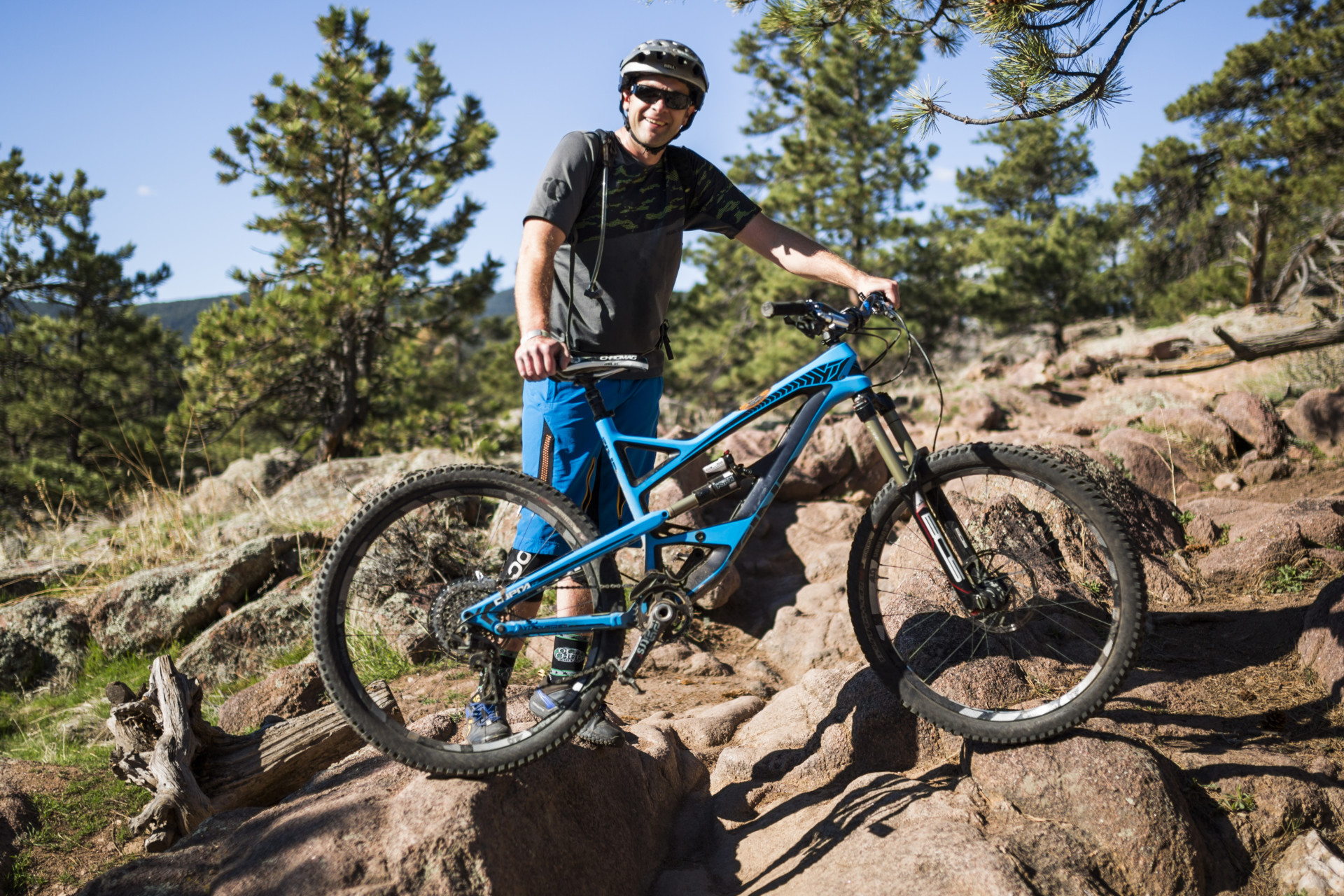
Our educators
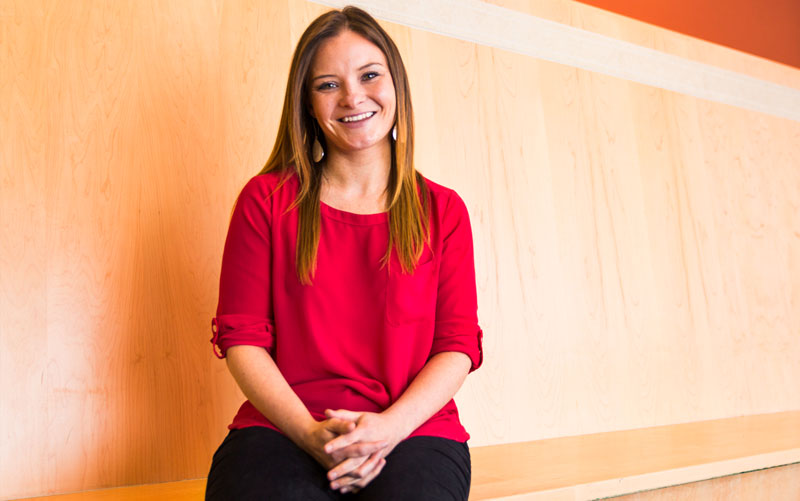
Grace Hanley Wright
Management instructor in the College of Business
When Wright co-founded Ascent, a nonprofit that aims to combat maternal mortality and rare diseases, she and her team used GoFundMe to finance two rounds of market research.
In the classroom, Wright has incorporated crowdfunding principles into her entrepreneurship and sustainable venturing courses, teaching students not just from a book, but from personal experience.
1. Plan ahead
Many budding entrepreneurs don’t realize the amount of work that goes into building a Kickstarter campaign, from promotion to developing a realistic financial goal and creating a product or service that’ll catch people’s attention.
“Things don’t just happen, you need a strategy for how your crowdfunding page is going to get from one person to the next, to the next, and then to the 10,000th person from there.”
2. Tell a story
Without a strong story about what you’re hoping to deliver, and why you’re trying to deliver it, an audience may have trouble connecting with your campaign.
Leveraging the social benefit of entrepreneurial projects, like creating jobs or services that haven’t previously been available to a community, can provide an edge in a crowded marketplace – and help people!
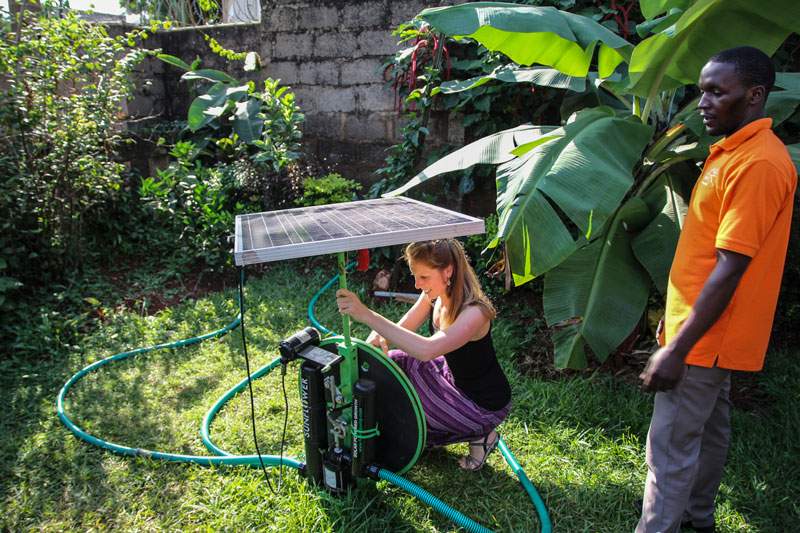
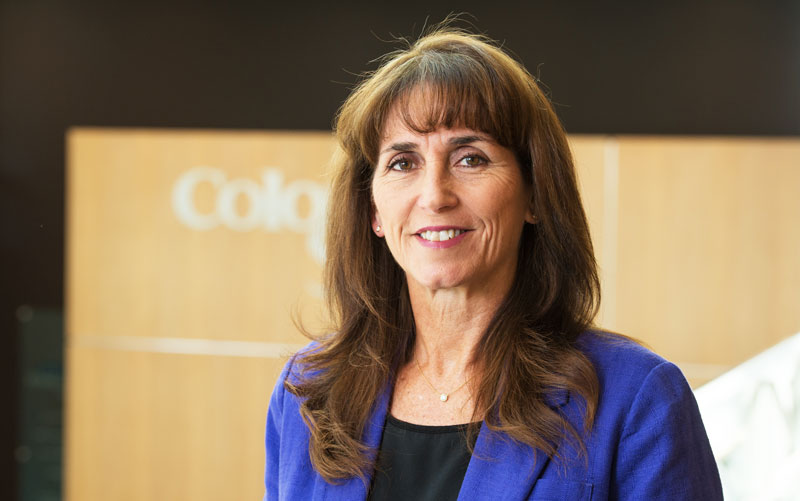
Vickie Bajtelsmit
Finance/real estate professor in the College of Business
Vickie Bajtelsmit has taught in the College of Business for 25 years, covering everything from financial planning, investments, corporate and entrepreneurial finance to insurance, and risk management.
Bajtelsmit keeps tabs on the shifting landscape of crowdfunding, sharing her insights with graduate and undergraduate students in her classes.
 One of the more common problems Bajtelsmit sees entrepreneurs face is underestimating the capital they’ll need to start their business and support themselves while getting it off the ground.
One of the more common problems Bajtelsmit sees entrepreneurs face is underestimating the capital they’ll need to start their business and support themselves while getting it off the ground.
“I try to help them figure out how much money they need,” said Bajtelsmit, recalling her standard inquiry to those who might not have thought everything through: “Really, you’re going to work for free for six months?”
But with greater access comes a greater need to understand what is driving the growth, how to approach crowdfunding with practical expectations, and things to be careful of.
Background to the boom
There are two main types of crowdfunding:
Donations crowdfunding
Includes charity and rewards based approaches like Kickstarter and Indiegogo.
Investment crowdfunding
Encompasses debt crowdfunding, aka. peer-to-peer lending, where groups of people or businesses loan money to other individuals and companies, and equity crowdfunding, where investors can buy ownership in a company.

Consistently ranked among the top 10% of business schools in the nation, our students develop a deep understanding of how business changes lives while learning foundational skills that equip them to make a positive impact in communities around the world.
Through the generosity of more than 1,000 donors the college has been able to extend $894,000 in tuition aid through 246 awarded scholarships to business students this year, welcoming the largest and most diverse class of all time.
[button link=”http://bit.ly/2fcNJFv” icon=”Select a Icon” side=”left” target=”blank” color=”1e4d2b” textcolor=”undefined”]Learn more about our programs[/button]
The College of Business at Colorado State University was founded in 1966 and consistently ranks among the top 10 percent of business schools in the nation. With over 2,300 undergraduate students in Fort Collins, and the largest MBA program in the state, the College of Business strives to fulfill the University’s land-grant mission by increasing access to education, promoting research, serving the community, and pursuing academic excellence.